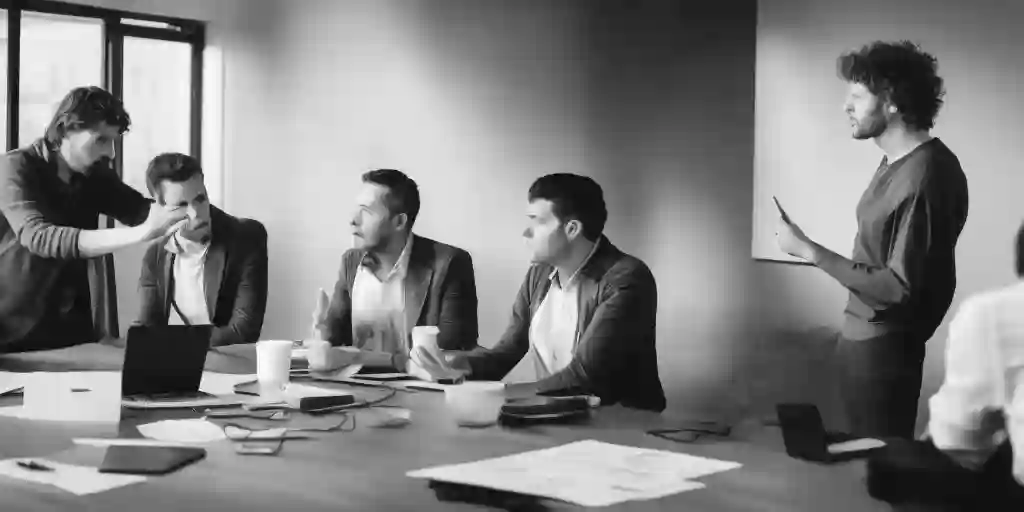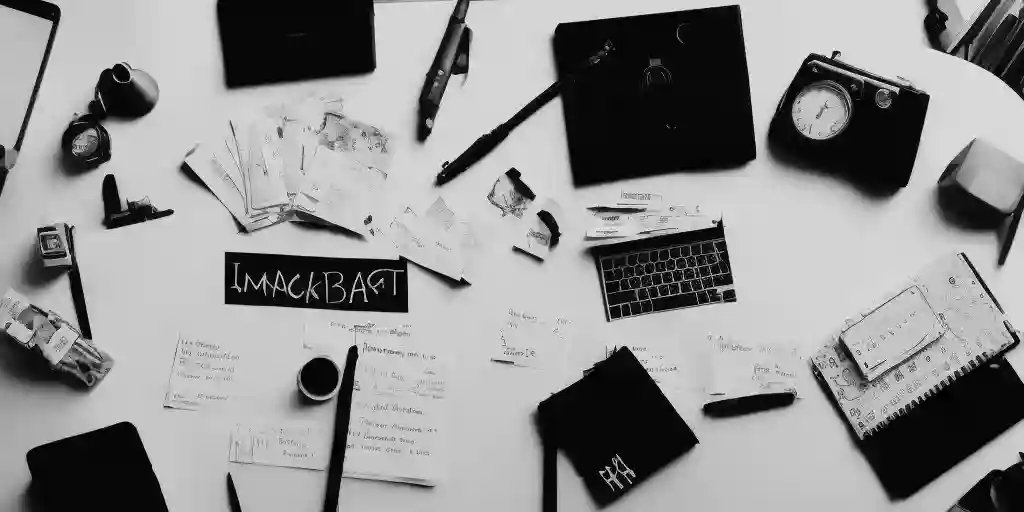Startup Funding Rounds – Things You Need to Know

Understanding the different funding stages for a startup is crucial once you raise money for your startup. The purpose of this article is to give an extensive idea of startup funding rounds
Along with describing the characteristics of each round, we’ll give short briefs about some key factors. The key factors contain company stage, revenue, investors, round size, equity, and valuation. Let’s start.
Startup Funding Rounds
Most Startups go through multiple rounds of funding. Each round is significant and differs in its characteristics. Hence, it is essential to understand them properly.
In this article, we are going to explain each of the rounds. Along with that, we will also give a proper understanding of what you should be expecting. And, of course, the characteristics of each round.
Furthermore, this article will also cover the process of each round. How these rounds work and what you should be operating. Using these ideas, you will know what to expect during each coming round so that you can stay prepared.
As we walk through the stages we will use Vivino as an example to explain what kind of Startup Vivino was at each stage of the funding journey.
Knowing the Stages
Nothing is set in stone. Some companies get revenue early, and it works well. Then, others get revenue very late. This article is an encyclopedia of both, as both occasions will be discussed thoroughly.
Typical stages of funding are different. Each of these stages comes with unique characteristics. Therefore, you need to know them.
A consumer product where you want to conquer the world with a free product cannot focus revenue at the early stages. For instance, Facebook's revenue didn't scale until after its IPO because it grew so rapidly.
A word of advice, don't spend too much money in the early stages. As you go through rounds, the price of the company will increase. Spending money early on can be very costly. So, save your money in the early stages.
An annual round works in a very particular way. Each time a new round of funding is raised, all existing investors are diluted. An example can make this more clear.
An Example:
Imagine that we have a company worth $1 million and somebody wants to invest $150,000. The founder has 60% of the company before the investment, and we want to know how much the founder has after the investment.
First, we have the $1 million; then, we add the $150,000. Now everybody gets diluted, and the founder’s share of the company goes from 60% to 52%.
Getting great investors on board and diluting that is not a problem. However, just be careful not to give away too much of the company too early on.
Great investors will never take too much of the company, they know better. They know that the founders need a good chunk to stay motivated, and equity is needed for future rounds too.
For example, if founders gave 50% of the company to investors before an A-Round, the company isn't investable. There just isn't room for new investors, and the Founders will not have significant shares of the company to keep them motivated.
Another general advice is that you should try and get a new investor on board each round. Why? Because a new investor usually pays more. They desire to get in, which drives up the price.
Before starting, let’s see the stages. Below are six stages that we are going to explain.
#1 Idea Round
#2 Angel Round
#3 Seed Round
#4 A-Round
#5 B-Round
#6 C-Round
#1 Idea Round
Basically, this is not a company or a product. Rather, it is just an idea. Ideas rarely have real value. No professional investors can be seen in this stage. However, the only investors are the family members and the friends.
Apart from that, you must self-fund whatever you can in the idea stage. The investors here are friends and family because they invest in you. Despite there being no product, they will still believe in you and love you. Hence, they will invest in you.
Vivino was self-funded at this stage. Despite having little money, we built everything we could with the money we had.
Short Brief:
- Company Stage: No company, basically just an idea.
- Revenue: None
- Investors: No professional investors, self-funded, maybe friends and family.
- Round Size: Very small $5,000 to $50,000.
- Equity: 1-15% of company
- Valuation: $50,000 to $500,000
#2 Angel Round
Angle round is still a very early stage. This stage is for product exploration, maybe a proof of concept product. Generally, this stage does not offer much to show for it. Institutional investors such as venture capitalists are usually not available at this.
The angel investors are there, and they usually invest their own money. Here the recommendation is to find somebody in a similar business—someone who somehow knows the space or is passionate about it.
You can usually find angels wherever you are. Don't come to Silicon Valley to see an angel; it usually won't help. A website like Angel List can help you find an angel investor. There is also a video on How to Find an Angel investor, please check it out.
Some angels are not very professional. You may run into somebody who wants 50% of the company at this point. Please make sure you don’t give away too much at this stage as it could mess up the company’s future.
With Vivino, we had someone we knew that was very much into wine. His name is Janus Friis; he is one of the two founders of Skype. He had faith in us and decided to fund our angel round.
Short Brief:
- Company Stage: Product exploration, maybe a proof of concept product.
- Revenue: None
- Investors: Angel Investors
- Round Size: Small $10,000 to $250,000.
- Equity: 10-30% of company
- Valuation: $500,000 to $2,000,000
#3 Seed Round
In this stage, there are some kinds of products that have been released with limited traction. Usually with no revenue. We are now getting to the point where you will see the presence of both private angel investors and Venture Capitalists. It is common to find venture capitalists that specialize in Seed rounds.
At Vivino, we did the seed round with a local Venture Capitalist in Copenhagen called SEED Capital. If possible, try to find local investors at this stage. Vivino had a product released at this stage. However, the product was very immature. Basically, it was not a very good product and had minimal traction.
Short Brief:
- Company Stage: Basic product released and with limited traction.
- Revenue: Usually no revenue.
- Investors: Angels and Venture Capitalists.
- Round Size: $100k to $2 million
- Equity: 10-30%
- Valuation: $1 to $10 million
#4 A-Round
This is a big jump. Very few companies get to an A-Round. However, the product is usually released and has traction. The product usually has pretty good traction.
The revenue depends on the type of business in this round. In the case of free consumer products, there is usually no revenue. However, with a B2B product that is paid, there will typically be some revenue.
The investors are usually professional Venture capitalists who get pitched hundreds of times for every investment to make. Getting an investment can be difficult, but you will get funding if your traction is good.
However, they may not be found locally. The venture capitalists do look for deals regionally. Therefore, you may have to travel to London, New York, or Silicon Valley.
Vivino had a pretty good product when we did our A-Round. We also had good traction as we hit 1 million downloads at that time. We were not a clear winner but did look like one of two that would come out as the winner in this space.
We had almost no revenue and very little proof that we could do revenue in this stage. We went with two great European investors; Creandum from Scandinavia and Balderton Capital from London.
Short Brief:
- Company Stage: The product is usually released and has traction; generally,it significant funding stages have pretty good traction.
- Revenue: Depending on the type of business, free consumer products usually have no revenue, but a paid B2B product would typically have some income.
- Investors: Venture Capitalists
- Round Size: $5 to $20 million
- Equity: 10-30%
- Valuation: $20 to $75 million
#5 B-Round
The product has considerable traction and is in a space where the winner takes it all. There is usually a minimum of revenue or proof of revenue. Some companies have considerable revenue when they do their B-round.
You may also see Private Equity investors coming in at this stage, depending on how mature the company is. Private Equity usually comes in when the cookie-cutter has been built, and the company mainly needs more money to fuel growth. They also like to see and exit within only a few years. And that could be through an IPO.
At the B-round, Vivino brought an industry player. In our case, it was the then sitting CEO and Chairman of Moët Hennessy USA, Christophe Navarre. He has a family fund. They loved Vivino and wanted to invest in the business.
Short Brief:
- Company Stage: The product has considerable traction, and if in a space where the winner takes it all, probably a winner.
- Revenue: There is usually a minimum of revenue or proof of revenue. Some companies have considerable revenue when they do their B round.
- Investors: Venture Capitalists sometimes Private Equity
- Round Size: $15 to $50 million
- Equity: 10-30%
- Valuation: $50 to $250 million
#6 C-Round
The product has considerable traction and is clearly one of the winners in the space. Revenue is usually meaningful and can be scaled by investing in it. So more money invested, more revenue.
We’re now at a stage where the rounds don’t change that much in character. It is all very individual, depending on the company. However, some companies go through even more rounds, maybe 10 or 15 rounds in total.
Short Brief:
- Company Stage: The product has considerable traction and is clearly one of the winners in the space.
- Revenue: Revenue is usually meaningful and can be scaled by investing in it.
- Investors: Venture Capitalists sometimes Private Equity
- Round size: $15 to $100 million
- Equity: 10-30%
- Valuation: $75 to $1 billion
Conclusion
If you want to raise money for your startup, you need to understand the different funding stages. All of these stages are different by characteristics. Hence, you must understand them properly.
The stages are different in several categories, ranging from company stage and revenue to equity and valuation. When you have gone through the article, you have seen clear differences in these areas.
This is why we wrote this article. In this article, a comprehensive overview of startup funding rounds is presented. We hope you have gained sufficient idea about startup funding rounds, including what to expect and when. Now go ahead and give your vision a reality.



